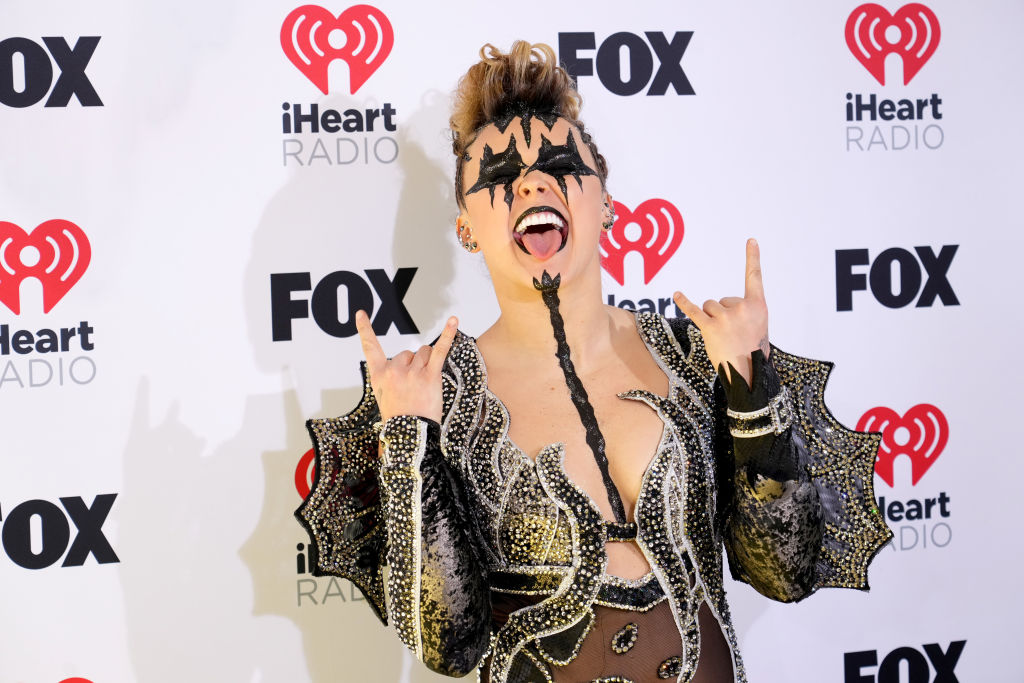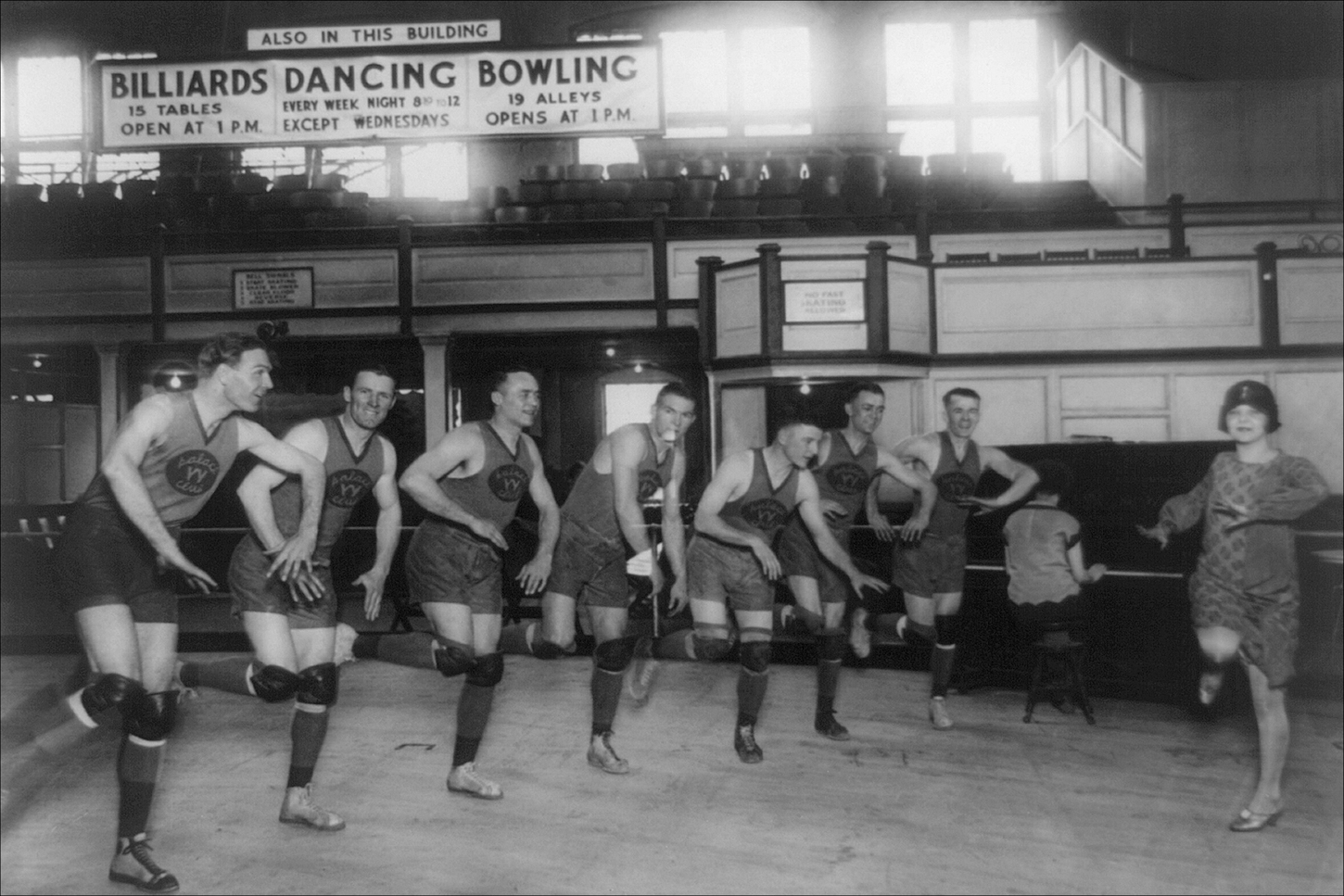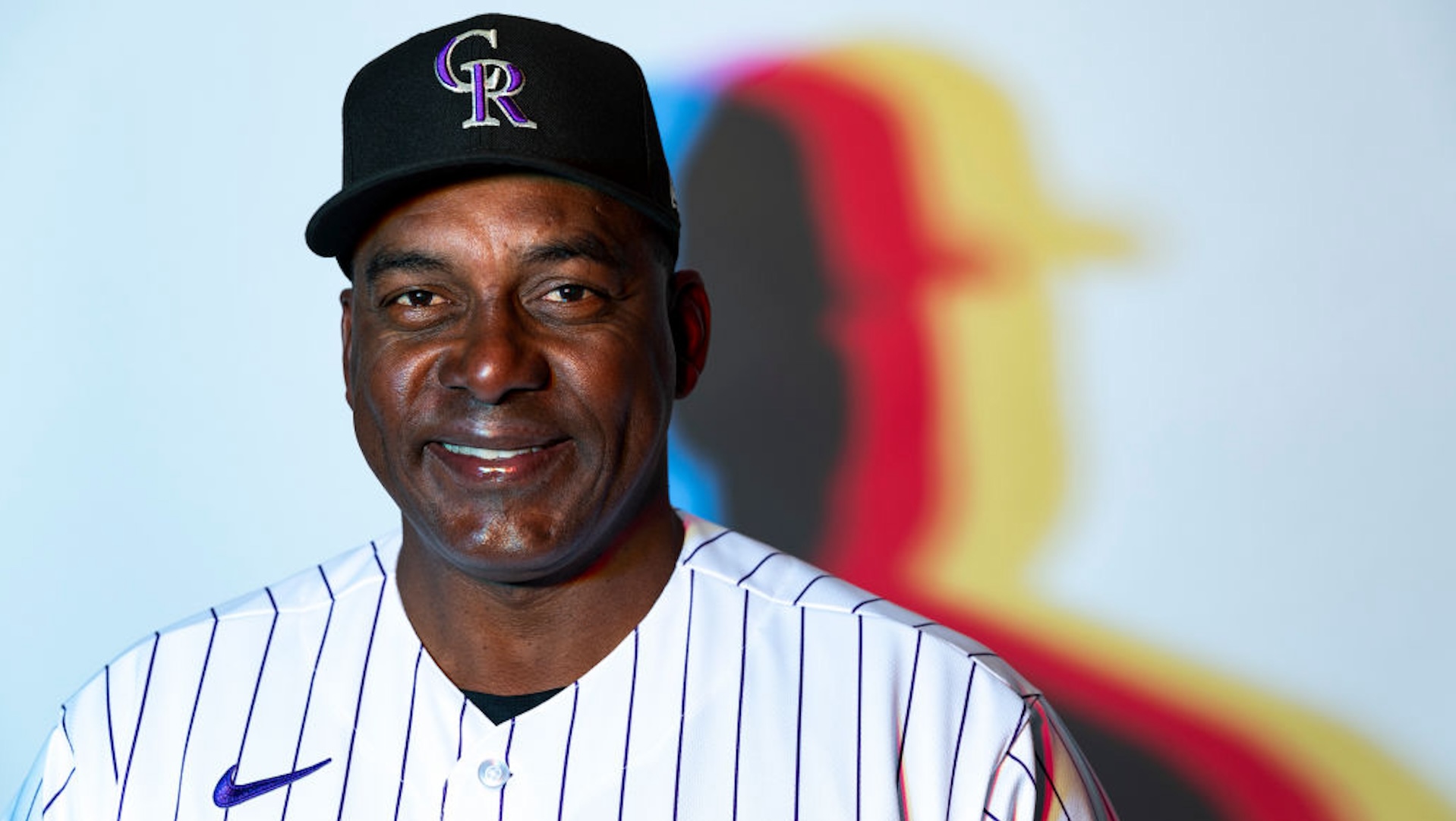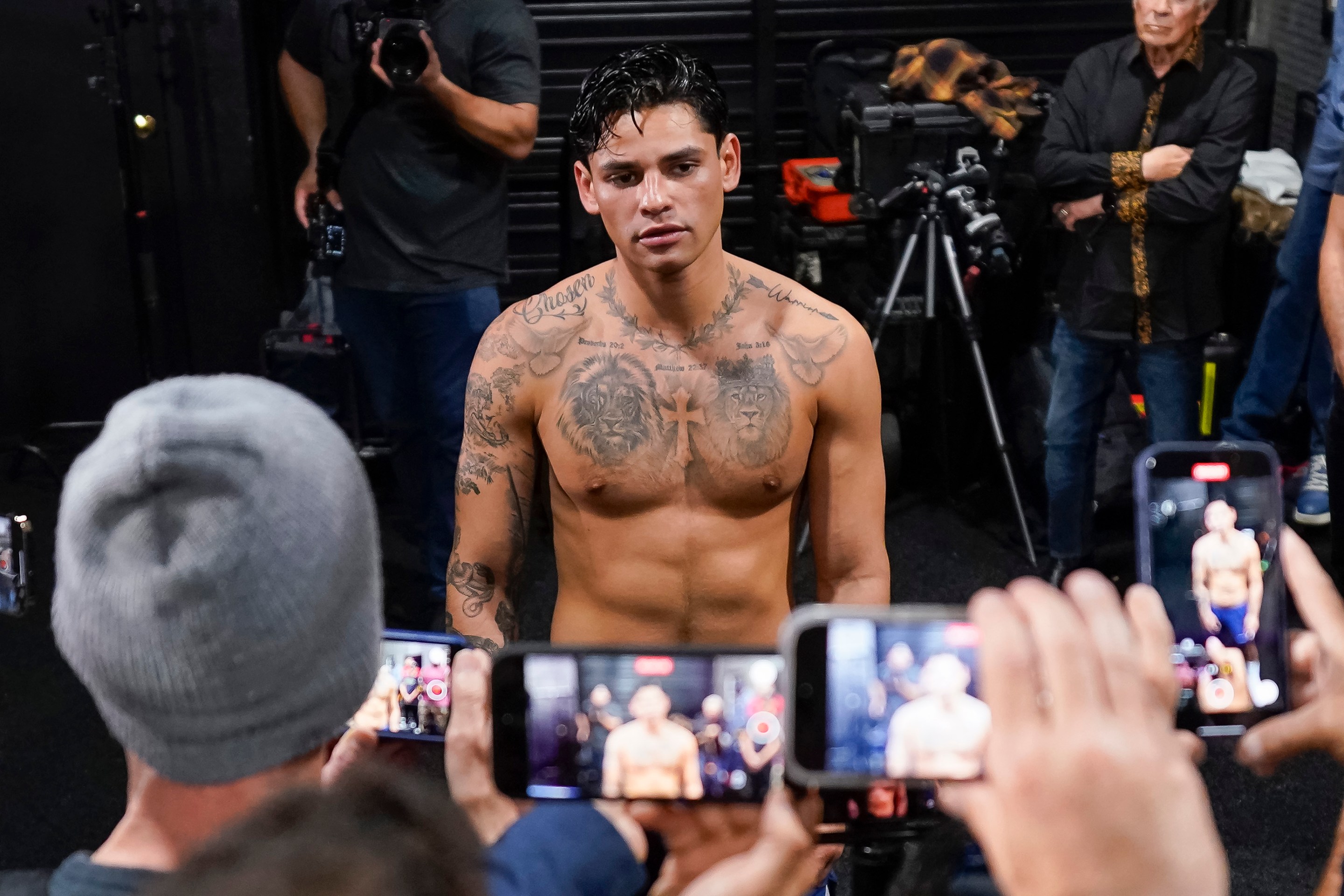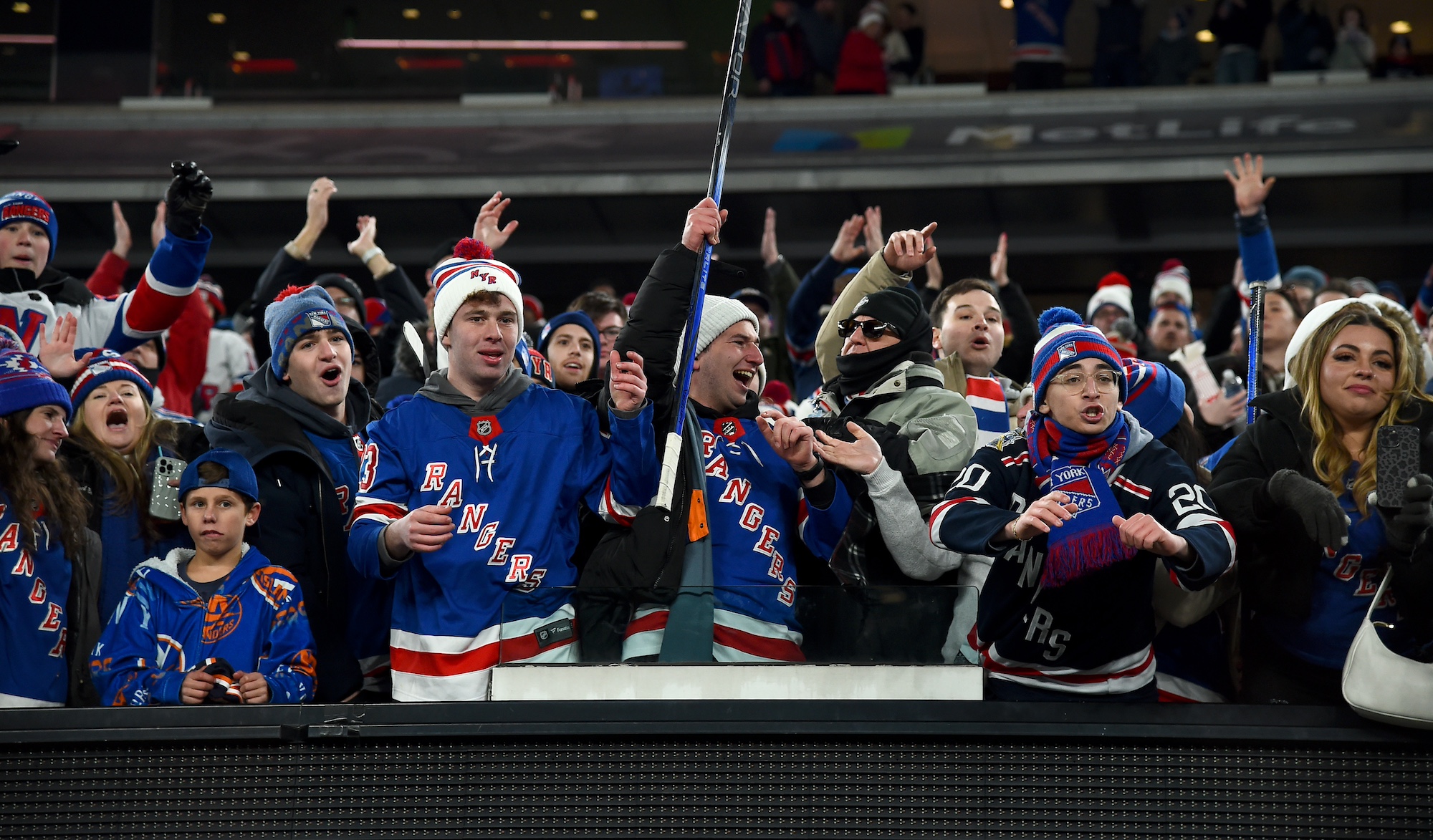It’s “Free Couch” Season In Major League Baseball
3:34 PM EDT on August 31, 2021

Defector has partnered with Baseball Prospectus to bring you a taste of their work. They write good shit that we think you’ll like. If you do like it, we encourage you to check out their site and subscribe.
This story was originally published at Baseball Prospectus on August 31.
August 31 used to be a date that meant something, barely, in baseball. But it was never, technically, a deadline. Before 2019, it marked the final day that a team could acquire a player and still have him be eligible for the postseason, but trades could take place up until the last game of the season, really. Assuming, of course, that the player cleared waivers, was claimed by another team, held by the original club rather than simply given, along with his contractual obligations, to the other team, and a trade was worked out within 48 hours. The usual fine print that makes people adore sports.
Nobody outside of the game misses the August deadline, misses its arcane rules, or the repetitive and inevitable confusion it spawned each year in new and forgetful fans. Like the revocable part of the revocable waiver process (“Reports are that the Dodgers waived Mookie Betts!”), and the old-fashioned, league-oriented priority order, in which the Giants get a crack at a guy the Brewers waive before the Orioles do. Every once in a while the second deadline produced an exciting exchange, notably Justin Verlander to Houston at one minute to midnight in 2017, or the deals that delivered Josh Donaldson and Andrew McCutchen a year later. But that drama simply got lumped in with the July deals, as we saw with the most active deadline in memory this season.
The decision was so rational that in a rare display of mid-CBA bipartisanship, the MLBPA proposed the rule change after 2018, and the owners simply nodded their heads and wrote it into law. In his reporting, Ken Rosenthal of The Athletic quoted one anonymous voice providing a minority opinion:
But another general manager labeled the pending change a “huge mistake,” warning of unintended consequences and saying if baseball is going to switch from two trade deadlines to one, it should move the date from July 31 to mid-August.
Playing the final two months without the ability to fill holes through trades is too risky for contending clubs, the GM said. Teams that suffer a rash of injuries at one position – say, catcher – might be forced to promote a minor leaguer who does not belong in a pennant race.
The loss of the deadline prompted little discussion, as, like in 2021, the postseason structure was fairly well locked in place. In 2020, of course, the entire deadline was moved to August 31, halfway through the two-month regular season. But this year, despite seven of the 10 postseason seeds cemented and two more looking to be heavy favorites, the repercussions of the decision are becoming evident. We’re starting to see couches on the side of the road.
On August 14, the playoff-bound Atlanta Braves released reliever Shane Greene. On August 20, the playoff-bound Los Angeles Dodgers signed him.
That’s not how it’s supposed to work, generally. Coming off a strong 2020, the former All-Star couldn’t find a deal for the upcoming season, and finally had to settle for a pro-rated cut of $1.5 million from his former team, and having missed Spring Training, he never got up to speed. He was posting a 5.52 DRA, and an 8.47 ERA, when the Braves finally cut bait. But for Los Angeles, who despite their payroll had run out of healthy arms, the veteran Greene was an upgrade, in pulse if not in talent.
In a confession on an even grander scale, the San Diego Padres then picked up Jake Arrieta, whom the Cubs had released after the deadline for the sake of starting Adrian Sampson. No one except Arrieta thought it could possibly work. But with the Padres looking at two bullpen days each turn through the rotation, their top prospect in MacKenzie Gore struggling to find himself, and their organizational depth already deployed to the majors for relief, the team had no choice.
Our shadowy 2019 general manager worried that teams would be forced to call up prospects early, theoretically putting pressure on them to succeed and interfering with their development, but really starting their service time clocks and preventing teams from manipulating them so easily. But as we approach the September of 2021, it’s growing clear that the effects of the rule change are even greater than that, and have presented the union with a rare victory and the owners with an unforced error. Suddenly, there are a few people who do miss the August 31 deadline.
No one could predict that teams like the Padres and Mets would suffer such a debilitating streak of injuries after the trade deadline. But everyone could predict that some team would. And this was the key function of the waiver deadline: to provide a last-minute opportunity to fix mistakes, and cover for disasters. It’s a little like allowing people to buy tornado insurance after the structure is in the air. Without that deadline, teams are forced to actually pay insurance ahead of time, by acquiring players they might not actually need. It means requiring better organizational depth across the line, having replacement-level veterans on hand rather than just gambling on the cheap minor leaguers lying around.
The other outcome of the rule change is becoming visible now: Whereas teams once negotiated in private over trading veterans for High-A, two-pitch relievers, the process has become far more visible. Which is why teams have started treating those players like college apartment futons, and throwing them on the street with cardboard signs that say “FREE.”
Some of these players are more attractive with a month left to go because they have a month less to be paid; others fit well in sudden holes in another team’s roster, or are simply better suited for baseball in October than baseball in August.
Asdrúbal Cabrera, for instance, was released by the Diamondbacks after putting together his 23rd-consecutive almost-good season. It’s been more than a decade since the former shortstop supplied a DRC+ that wasn’t between 90 and 110, and while he’s swinging through pitches a little more often than he used to, he remains a useful spot starter and bench bat. In other words, he’s good insurance. For the Reds he’ll supply a quality alternative to the boom-or-bust bats of benchmates Eugenio Suárez and Aristedes Aquino.
Any profit the Reds made on snapping up Cabrera was undone, however, when the team released reliever Sean Doolittle. The leftist lefty was always a bit of a strange match for Great American Ballpark, given that his extreme flyball tendencies had only grown over time (58.2 percent in 2021 with Cincinnati), though small sample obfuscation actually made him more effective at home than on the road. The Reds simply found themselves in a roster crunch with Tejay Antone returning from injury, and opted to waive Doolittle over optioning former second-rounder Tony Santillan. They’d quickly rue the decision; Antone faced a single batter before undergoing Tommy John surgery.
Admittedly, Doolittle’s fastball isn’t quite what it was. While his velocity has rebounded from 2020, it still sits at 93 mph, a few ticks below his glory years with the Athletics. That pitch is at its best when it lives at or above the top of the zone, but in recent years it’s grown harder for him to entice hitters to climb the ladder, with hitters swinging at less than half his fastballs above the strike zone in 2021. That still sounds like a lot, and it is—but as a (mostly) one-pitch pitcher, that’s his bread and butter. Still, even this version of Sean Doolittle is worth a spot in a bullpen, both Cincinnati’s and Seattle’s, and he provides an instant upgrade for the latter over Keynan Middleton.
Jarrod Dyson joins the Toronto Blue Jays. No player represents the August deadline better than the game’s premier fifth outfielder, who still can’t hit (though DRC+, at 88, has always held his contact skills in higher esteem than wRC+, at 77) but can still run and field. When the playoffs break the game down into decimal points, Dyson provides real value, especially since the Blue Jays have announced their intention to employ George Springer primarily at DH on his return.

José Quintana might be the most surprising name of the bunch, heading to the San Francisco Giants, home of the best record in the league. But then, two general axioms apply: 1) no bullpen is finished, and 2) failed starters tend to make decent sixth relievers. Besides, Quintana had already improved markedly on being moved to the bullpen, and DRA always believed in him despite the ugly surface numbers: With a 90 DRA-, it actually considered him a good pitcher this year. In the old days, he would have been worth a live arm toiling off somewhere in the Great Plains.
There are a couple of couches, a wet mattress, and a beer-smelling futon still available curbside: Abraham Almonte was rendered obsolete after the Braves overhauled their outfield at the deadline, Erasmo Ramírez is still around being Erasmo Ramírez, Chase Anderson is hemorrhaging velocity and has lost the ability to throw strike three, and Gregory Polanco has a .712 OPS against righties, so he could theoretically be of value for a team with literally no other use for a roster spot.
But what this really tells us, all of this, is that contending teams need to stock up. Even some of the trades that were ignored or drew criticism at the time, like the shoulder-shrug pickups of Tyler Anderson and J.A. Happ, were bargains compared to some of the patchwork solutions other teams have had to throw out since. Maybe this means paying extra for durability, or signing a couple extra veterans and leaving that fungible Triple-A reliever in the minors as a fallback rather than plan A. Whatever the case is, here is what we know: Yet again in 2021, Tommy Milone is pitching for a club that has better-than-even odds of making the playoffs. Baseball needs to work on its emergency preparedness.
If you liked this blog, please share it! Your referrals help Defector reach new readers, and those new readers always get a few free blogs before encountering our paywall.
Stay in touch
Sign up for our free newsletter
